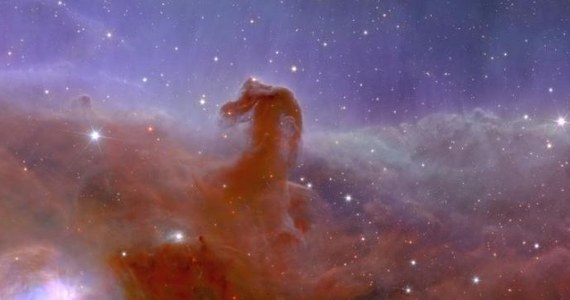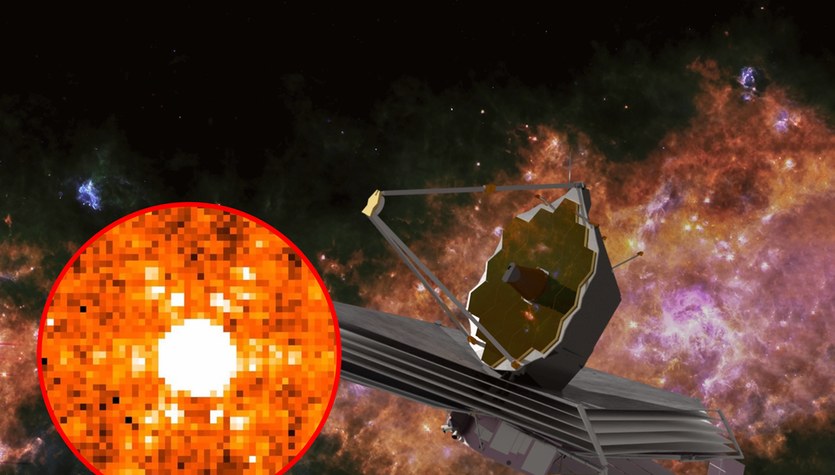The European Space Agency (ESA) has provided the first images obtained using the Euclid Space Telescope. The project’s mission is to research dark matter and dark energy.
The goal of Euclid’s mission is to investigate How dark matter and dark energy have affected the current appearance of the universe.
This is a difficult task. 95 percent of the universe appears to be made up of these “dark” components, and we still do not understand what they actually are because their presence has only minor effects on the appearance and motions of matter and the ordinary objects we see.
To detect the “dark” influence on the observable universe, over the next six years Euclid will monitor the shapes, distances and movements of billions of galaxies located up to 10 billion light-years away. This will create the largest 3D map of the universe.
A distinctive feature of the Euclid telescope is the ability to obtain extremely clear images of wide areas of the sky in the visible and infrared range during a single observing session.
Images provided by the European Space Agency show the telescope’s capabilities.
The first picture appears Perseus group of galaxiesIt is one of the largest known structures in the universe, located 240 million light-years away. It shows 1,000 galaxies belonging to the cluster and 100,000 distant galaxies visible in the background. We are seeing many of these faint background galaxies for the first time. They are located at distances of up to 10 billion light-years.
The second picture shows Spiral galaxy IC 342Also known as the hidden galaxy. The infrared image shows a lot of information about the stars in this galaxy. Our Milky Way Galaxy might look similar if we had the opportunity to look at it from a distance.
In the next picture we see Irregular galaxy NGC 6822 It is 1.6 million light years away from us. Most galaxies in space do not look like large, perfect spiral galaxies, but rather small and irregularly shaped. It is where larger galaxies such as the Milky Way are formed.
The fourth picture shows Globular cluster NGC 6397. It is the second closest spherical cluster to Earth, located 7,800 light-years away. Globular clusters are collections of hundreds of thousands of stars held together by gravity. ESA points out that no other telescope like the Euclid Observatory can image an entire globular cluster in a single exposure while maintaining the sharpness to distinguish so many stars.
The Horsehead Nebula is the heroine of the fifth image. The European Space Agency presented a panoramic image of this famous nebula in the Orion constellation. Thanks to the Euclid Observatory, scientists hope to find many previously unknown, faint planets of Jupiter’s mass, as well as brown dwarfs and early stars.
Euclid Observatory was launched on July 1, 2023 from Cape Canaveral in Florida (USA). Over the following months, scientists and engineers intensively tested and calibrated the scientific instruments. Actual scientific observations are scheduled to begin in early 2024. Within six years, the telescope will scan a third of the sky with unprecedented precision and sensitivity. The datasets will be published annually. The project is led by the European Space Agency (ESA) in cooperation with NASA.

“Prone to fits of apathy. Introvert. Award-winning internet evangelist. Extreme beer expert.”










